Vietnam: What are the Top 05 sample introductions of a social argumentative essay on the pretentious lifestyle of youths today?? What are the requirements for programmes of general education?
What are the Top 05 sample introductions of a social argumentative essay on the pretentious lifestyle of youths today?
Sample 1: Introduction by Comparison
| The ostentatious lifestyle today is becoming a prevalent issue in society, particularly among the youth. Compared to previous generations, where values were measured by simplicity and genuine spirit, the current generation seems to focus more on expressing themselves through material possessions and outward appearances. While previous generations valued modesty and a simple lifestyle, nowadays, many people, especially the youth, seek joy and validation through luxury items and glamorous images on social media. However, although an ostentatious lifestyle can offer a captivating exterior, it easily leads to negative psychological consequences and strained relationships, issues that past generations rarely faced. This difference clearly reflects a shift in life principles and how individuals seek happiness in life. |
Sample 2: Introduction from the Topic
| The ostentatious lifestyle is currently becoming a notable issue in society, especially among the youth. This lifestyle involves individuals seeking to express themselves through flashy, luxurious images, with the aim of impressing and asserting personal value. The emergence of social media has only made this trend more prevalent, as individuals can easily share their "perfect" moments to gain admiration from the community. However, this ostentatious lifestyle not only affects the psychology and finances of those who adopt it but also negatively impacts surrounding relationships. So, does this lifestyle truly bring happiness and sustainable value, or is it just a fleeting illusion? |
Sample 3: Introduction from a Phase
| The ostentatious lifestyle began to gain popularity in recent years, particularly in the context of rapid technological advancement and social media proliferation. In the previous phase, society valued traditional virtues such as modesty, compassion, and independence. However, as society has progressed, especially with the widespread popularity of media and social networks, people have started to focus more on appearances and expressing themselves through material goods. Glitzy images and lavish lifestyles have become goals for many, especially the youth. This phase, although it brings temporary glamour, is fraught with potential negative psychological and social relationship consequences, prompting questions about the true value this lifestyle offers. |
Sample 4: Introduction from Form
| The ostentatious lifestyle is an increasingly common trend in modern society, especially among the youth. This trend is manifested through attempts to create an outwardly perfect, glamorous image to impress others, using luxury products or lavish images on social media. In essence, this is an expression of showmanship, aimed at affirming self-worth and seeking attention from the community. However, while it may bring short-term benefits in terms of image, this lifestyle easily leads to negative psychological effects and relationship issues when people focus solely on appearances, neglecting profound and enduring values. |
Sample 5: Quotation from a Saying, Poem, or Life Philosophy
| In modern life, where society is increasingly developing, and social media has become an indispensable part, the ostentatious lifestyle seems to be becoming a trend for many, especially the youth. People are easily drawn into the race to showcase themselves through glamorous images and external material possessions. However, as the famous quote by Khuyet Danh goes: “Happiness is not about having what you want, but being content with what you have”, true life is not just about owning luxurious things or gaining admiration from others. An ostentatious lifestyle may bring temporary glamour, but it lacks sincerity and dims the profound values of life. |
Note: The above Top 05 sample introductions of a social argumentative essay on the pretentious lifestyle of youths today are for reference purposes only!

What are the Top 05 sample introductions of a social argumentative essay on the pretentious lifestyle of youths today?? What are the requirements for programmes of general education? (Image from the Internet)
What learning outcomes are required for argumentative content in the 12th-grade Literature curriculum in Vietnam?
According to the General Education Program for Literature issued along with Circular 32/2018/TT-BGDDT, the learning outcomes required for argumentative content in the 12th-grade Literature curriculum are as follows:
- Content reading comprehension
+ Identify and analyze the content of the thesis, major points, arguments, and unique evidence in the text; point out their relationships; assess the relevance between the argumentative content and the title of the text.
+ Know how to assess content with critical thinking; recognize the purpose,
- Form reading comprehension
+ Analyze and evaluate how the author uses certain argumentative methods (such as proving, explaining, commenting, comparing, analyzing, or refuting) in the text to achieve the purpose.
+ Analyze rhetorical devices, language, affirmative, and negative sentences in the argumentative text and evaluate the effectiveness of using these forms.
+ Identify and analyze the role of reasoning and expressive language in the argumentative text.
What are the requirements for programmes of general education in Vietnam?
According to Clause 1, Article 31 of the Education Law 2019, the specific requirements for programmes of general education in Vietnam are as follows:
- Programmes of general education shall:
+ Reflect the objectives of general education;
+ Concretize the requirements on the outcomes of students’ quality and capacity after each educational level and on the educational contents compulsory to all students throughout the country;
+ Concretize the requirements on the methods and forms of organizing educational activities and on the evaluation of educational outcomes for subjects of each class and educational level of general education.
+ Be consistent throughout the country and implemented flexibly, suitable with specific conditions of localities and institutions of general education;
+ Be open to feedbacks from organisations and individuals and undergo a pilot implementation before promulgation; be publicly announced after promulgation.
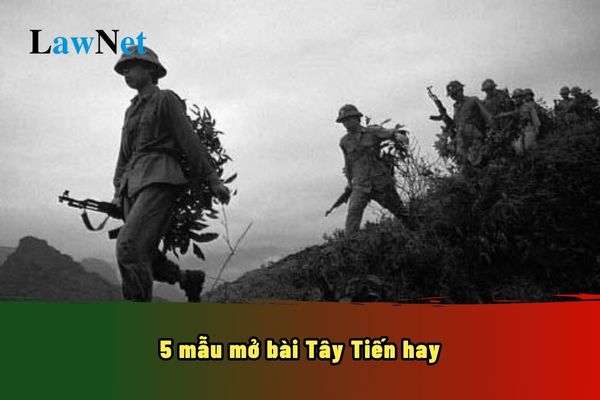
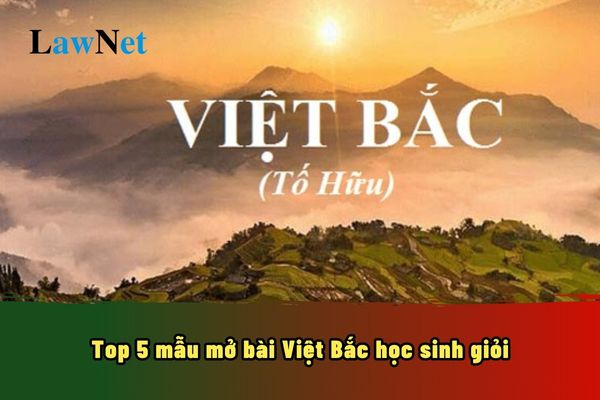

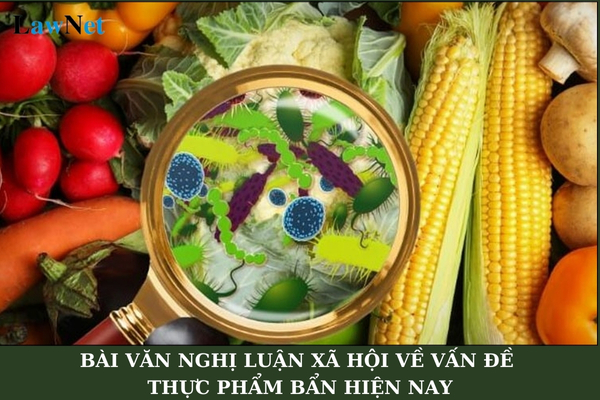
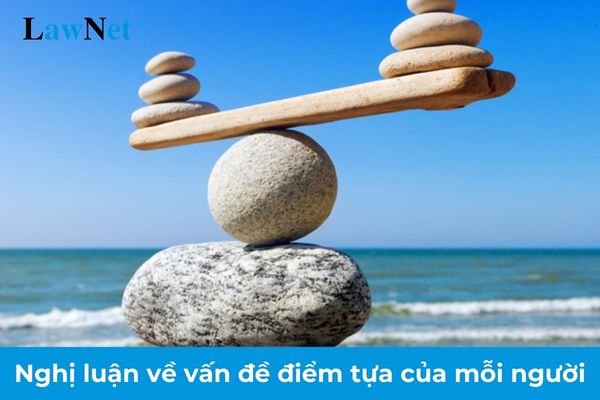
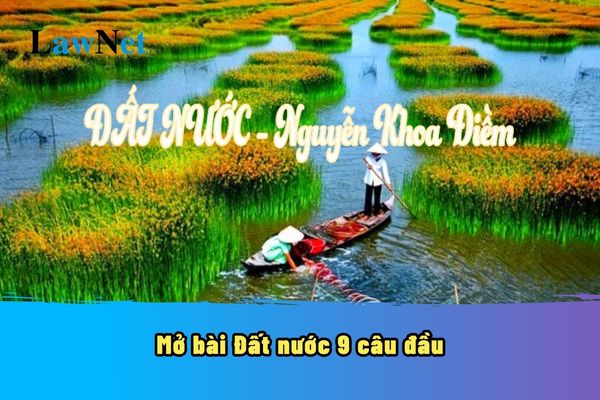
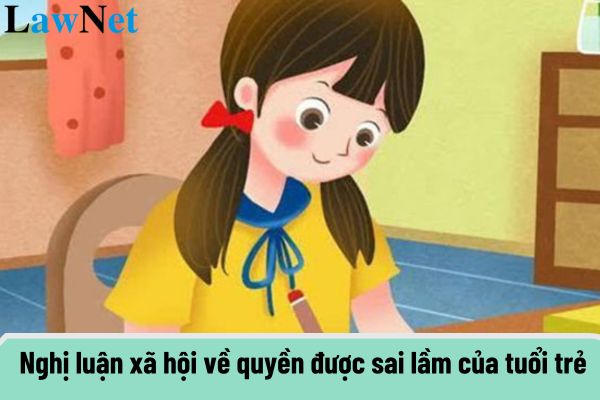
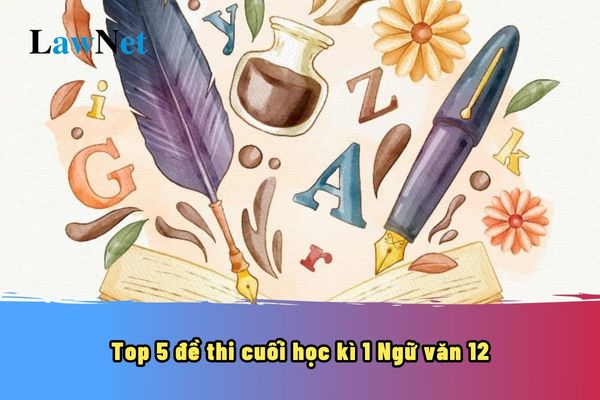
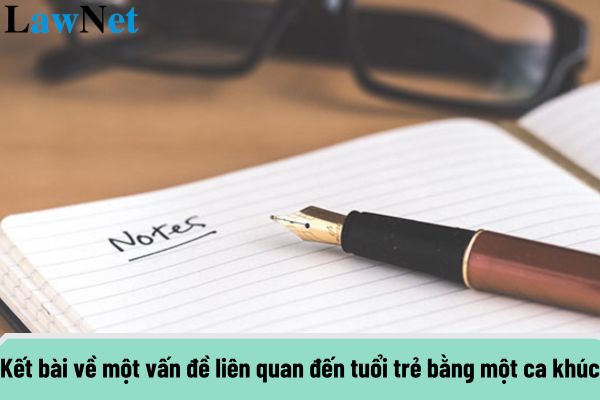
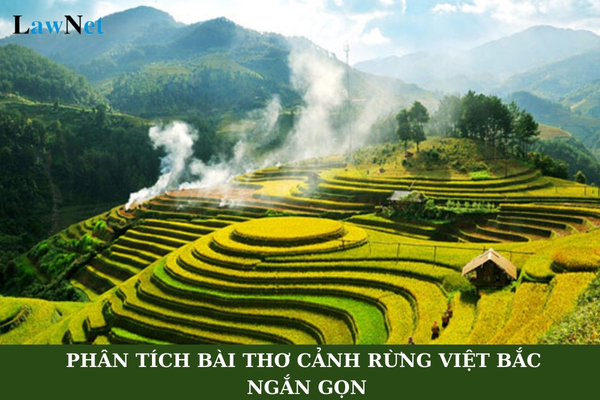
- What are the sample argumentative essays for the 1st-semester exam in the 7th-grade Literature? What literary knowledge does the 7th-grade Literature curriculum in Vietnam cover?
- What is the most detailed sample research report on the Epic "Đăm Săn đi bắt Nữ Thần Mặt Trời"? Who is responsible for preparing lists of upper secondary school students eligible for commendation in Vietnam?
- What are the Top 5 sample high-scoring essays on manners towards less fortunate individuals in life? What is the age of students entering 8th grade in Vietnam?
- What are the newest sample 1st-semester question papers for 5th-grade Vietnamese language in the 2024-2025 school year? What is the roadmap for assessment of 5th-grade students according to Circular 27?
- What are the requirements regarding college-level vocational training methods in Vietnam?
- What are the eligibility requirements for individuals working in the cafeterias of universities in Vietnam?
- What education institutions are tasked with providing regular refresher training for teachers in Vietnam?
- What are the newest sample 1st-semester question papers for 7th-grade Mathematics in the 2024-2025 school year? In 2024, what are the mandatory subjects and educational activities for 7th-grade students in Vietnam?
- What are the newest sample 1st-semester question papers for 3rd-grade Technology in Vietnam? What are the duties of 3rd-grade students in Vietnam?
- What are the question papers of the 8th examination of the "Trạng nguyên Tiếng Việt" competition (Vietnamese Prodigy competition) for 3rd-grade students in the 2024 2025 school year? What are the 05 essential traits of 3rd-grade students according to Circular 27?

